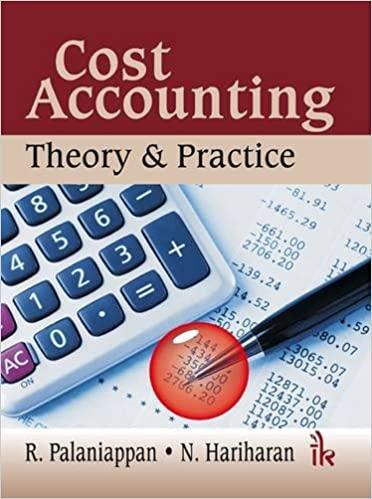For your s tatement of c ost of g oods s old , use the following data regarding the actual costs incurred by the business
For your statement of cost of goods sold, use the following dataregarding the actual costs incurred by the business over the past month:
Note: Assume that the beginning materials and ending work in process are zero for the month.
Use the following revenue and cost information for the income statement. Note that the revenue you use will depend on the pricing level options you chose in Milestone Two. Also, assume that after accounting for weekends and other holidays, there were 20 business days in the first month of operation. For example, if you chose a sales price of $20 per collar, the actual number of collars sold in the month was 33 per day or 33 x 20 = 660 per month.
Established Sales Price | Number of Items Sold per Day |
Collars |
|
$20 | 33 |
$24 | 28 |
$28 | 23 |
Leashes |
|
$22 | 28 |
$26 | 23 |
$30 | 18 |
Harnesses |
|
$25 | 25 |
$30 | 22 |
$35 | 20 |
The other costs incurred by the business include:
Variance
At the end of the month, you find that the labor and materials spent on manufacturing collars was different from what you estimated:




Step by Step Solution
There are 3 Steps involved in it
Step: 1

See step-by-step solutions with expert insights and AI powered tools for academic success
Step: 2

Step: 3

Ace Your Homework with AI
Get the answers you need in no time with our AI-driven, step-by-step assistance
Get Started


